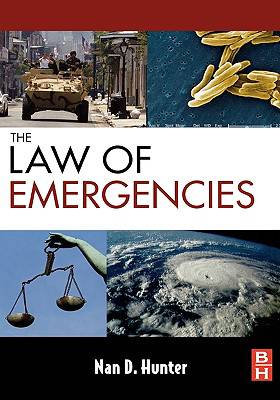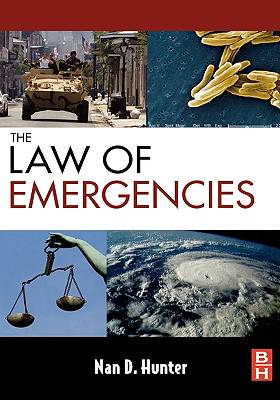
- Retrait gratuit dans votre magasin Club
- 7.000.000 titres dans notre catalogue
- Payer en toute sécurité
- Toujours un magasin près de chez vous
- Retrait gratuit dans votre magasin Club
- 7.000.000 titres dans notre catalogue
- Payer en toute sécurité
- Toujours un magasin près de chez vous
Description
The Law of Emergencies discusses the legal framework for disaster response and emergency management. The book engages with and debates some of the most important Constitutional issues of our time, such as the tension between civil liberties and national security. It also examines how the law of emergencies plays out in the context of real life emergencies where individuals often have to make split-second decisions. It analyzes legal authority at the federal, state and local levels, placing the issues in historical context but concentrating on contemporary questions.
This book includes primary texts, reader-friendly expository explanations, and sample discussion questions. Prior knowledge of the law is not necessary in order to use and understand this book. The contents are organized into 13 substantive chapters plus two additional chapters with problem sets, making the book especially easy to use for a separate course focused on law. The book leads students through the process of understanding both what the law requires and how to analyze issues for which there is no clear legal answer. It features materials on such critical issues as how to judge the extent of Constitutional authority for government to intervene in the lives and property of American citizens. At the same time, it also captures bread-and-butter issues such as responder liability and disaster relief methods. No other book brings these components together in a logically organized, step by step fashion. The book also features case studies of high-risk scenarios including pandemic flu, together with charts and text boxes for clarification.
This book will be of interest to graduate and undergraduate students studying the major legal principles underlying emergency management and homeland security policy and operations; professionals in EM and HS; and private-sector risk managers.
Spécifications
Parties prenantes
- Auteur(s) :
- Editeur:
Contenu
- Nombre de pages :
- 408
- Langue:
- Anglais
Caractéristiques
- EAN:
- 9781856175470
- Date de parution :
- 20-07-09
- Format:
- Livre relié
- Format numérique:
- Ongenaaid / garenloos gebonden
- Dimensions :
- 185 mm x 262 mm
- Poids :
- 1065 g







